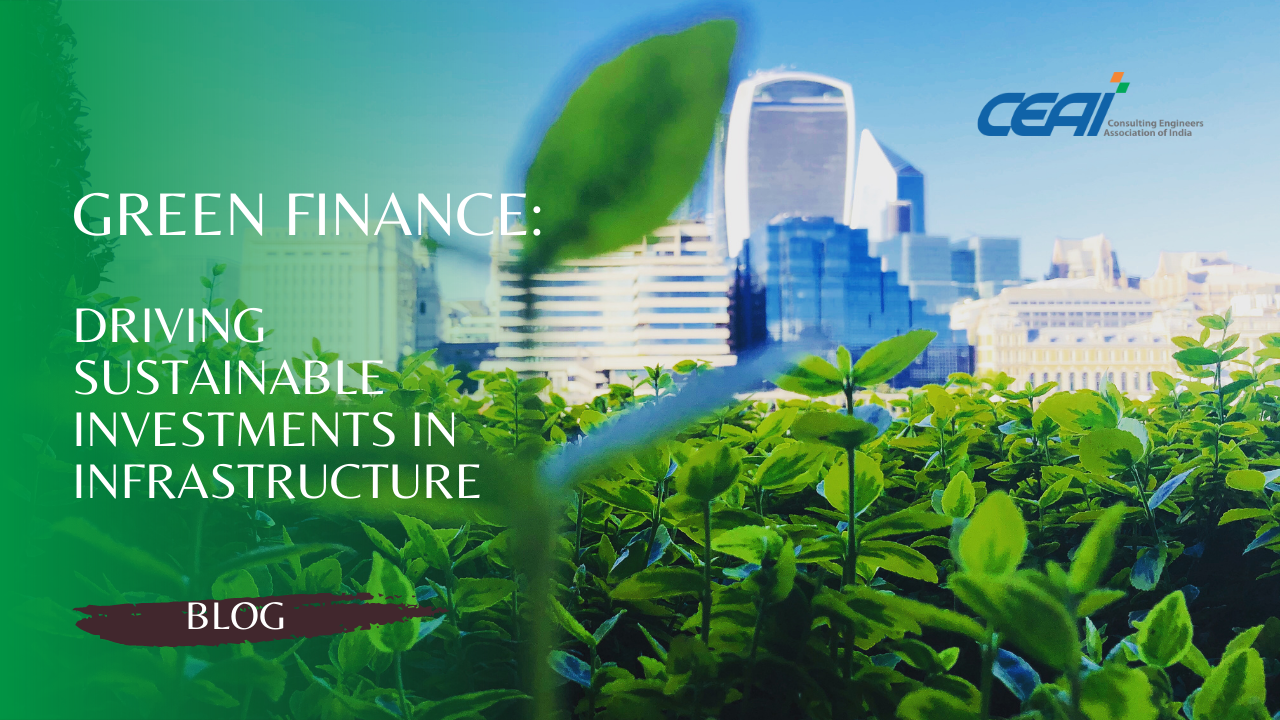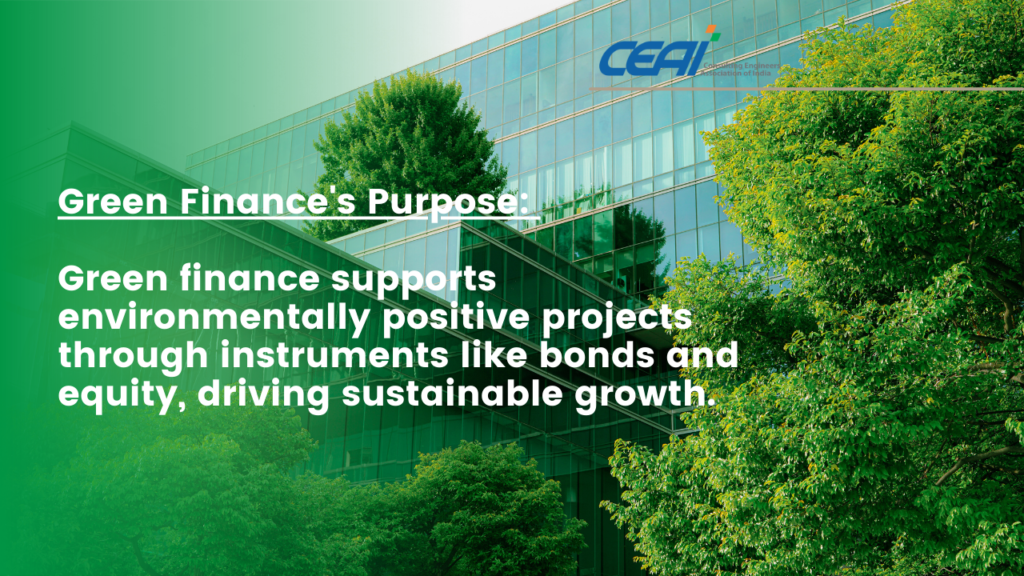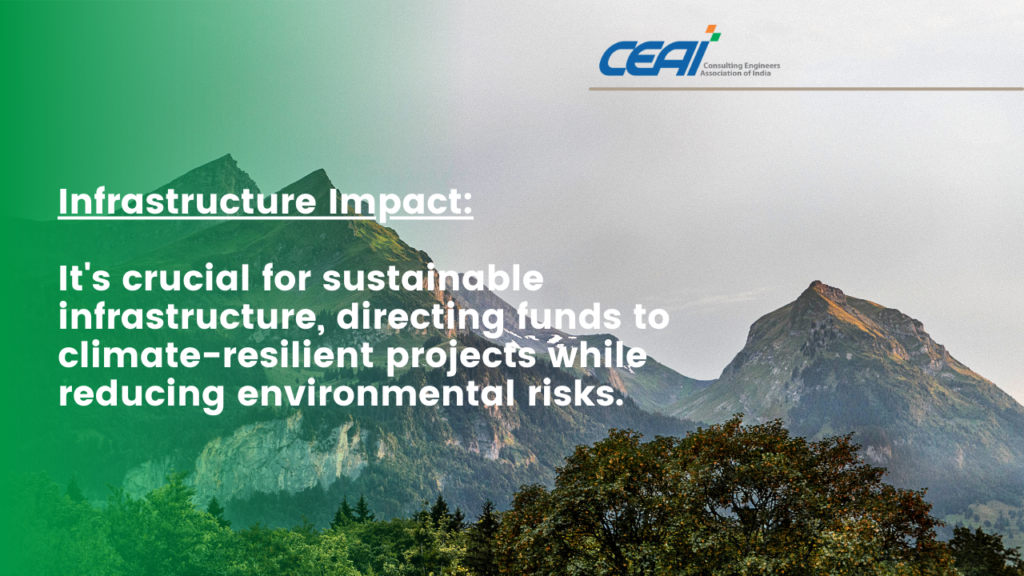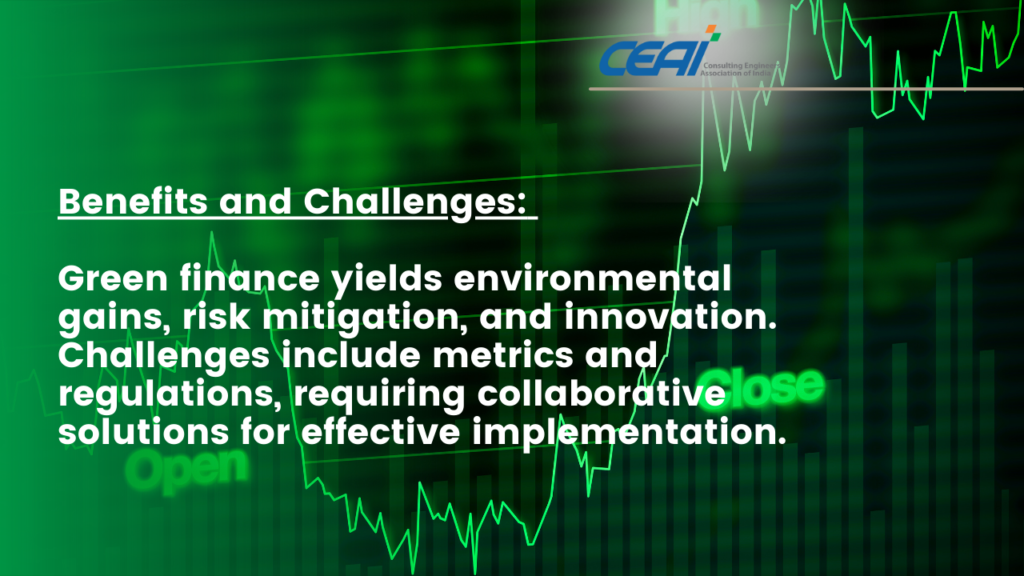
In an era where sustainability takes center stage, the world of finance is undergoing a transformation. Green finance, a concept born from the need for environmentally responsible investments, has emerged as a powerful tool for driving sustainable growth across industries, particularly in infrastructure development.
What is Green Finance?
Green finance refers to financial instruments, products, and investments that support projects with positive environmental impacts. It encompasses a range of activities, including loans, bonds, and equity investments, all with a clear objective: to fund projects that align with sustainable development goals.
The Role of Green Finance in Infrastructure
As societies grapple with the challenges of climate change, cities expand, and energy demands soar, the necessity for sustainable infrastructure becomes paramount. Green finance steps in as a catalyst, channeling capital toward projects that minimize environmental harm while promoting long-term economic growth.

Benefits of Green Finance
1. Environmental Impact: Green finance directs resources into projects that reduce carbon emissions, enhance energy efficiency, and improve waste management, contributing to a cleaner and greener world.
2. Risk Mitigation: Investors and lenders increasingly recognize the financial risks posed by unsustainable practices. Green finance shifts focus to resilient infrastructure that can withstand the challenges of a changing climate.
3. Innovation and Job Creation: The pursuit of green projects stimulates innovation, fostering the development of cutting-edge technologies. This, in turn, creates new employment opportunities and stimulates economic growth.

Green Finance Instruments
1. Green Bonds: These are bonds specifically issued to fund environmentally friendly projects. Investors in green bonds support initiatives like renewable energy, energy-efficient buildings, and sustainable transportation.
2. Sustainable Loans: Similar to green bonds, sustainable loans finance projects with positive environmental outcomes. They offer flexibility in structure and repayment terms, aligning with project timelines.
3. ESG Investments: Environmental, Social, and Governance (ESG) investing considers a company’s performance in these areas. By investing in companies that prioritize sustainability, investors encourage responsible practices.

Challenges and the Way Forward
While green finance holds immense potential, challenges like standardized metrics, regulatory frameworks, and awareness persist. Addressing these hurdles requires collaborative efforts between governments, financial institutions, and industries.
Conclusion
Green finance serves as a driving force behind the transition to a sustainable future. As infrastructure demands rise, the integration of green finance principles becomes crucial for ensuring not only environmental well-being but also the long-term viability of projects. By aligning financial strategies with sustainability goals, we pave the way for a world where both growth and conservation thrive side by side.
